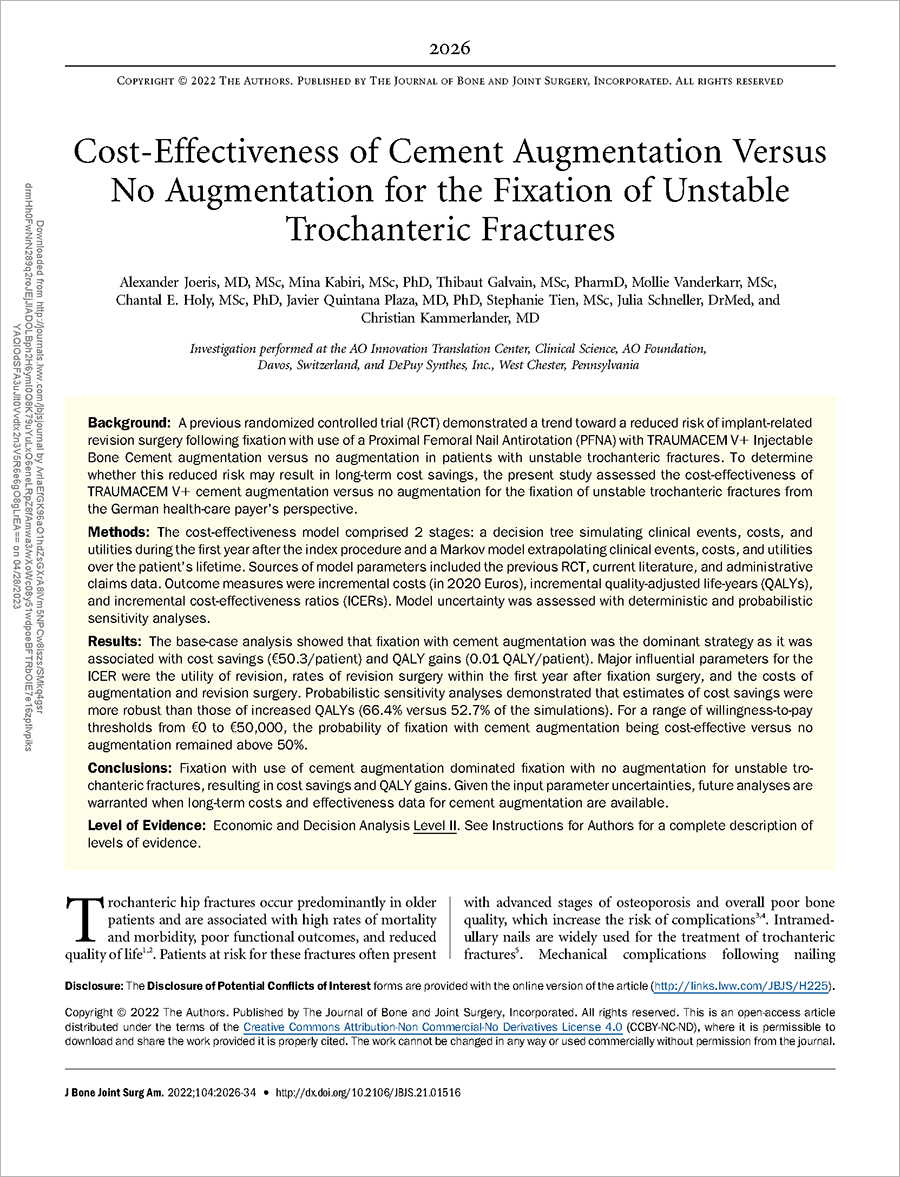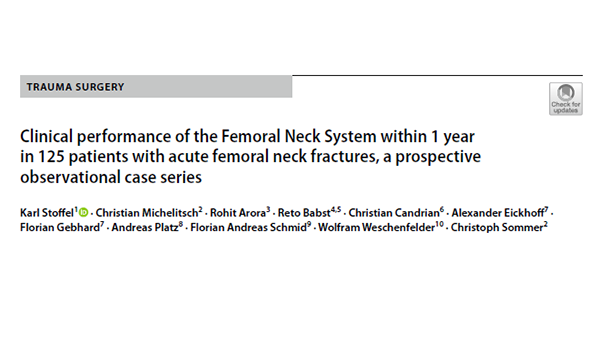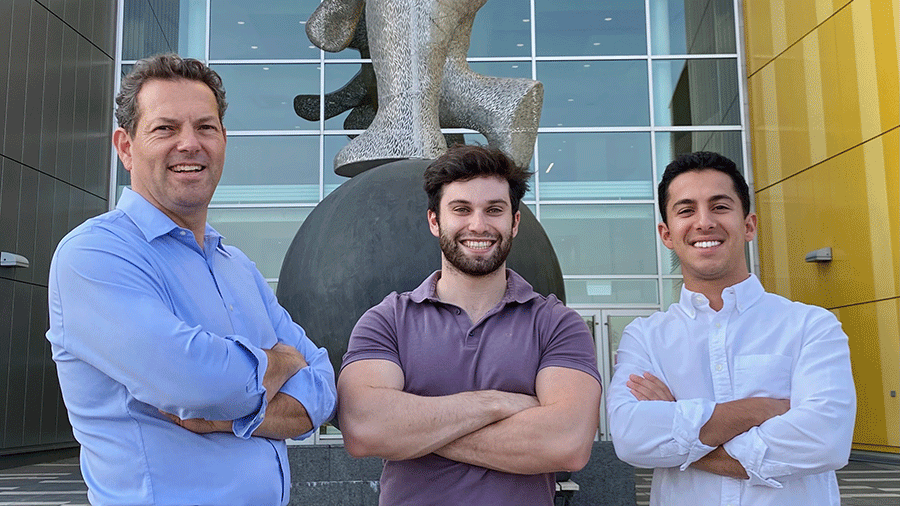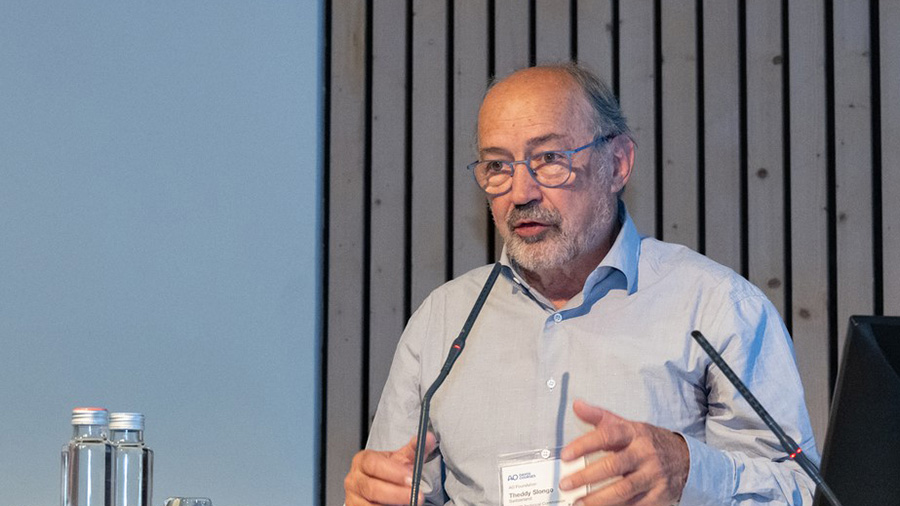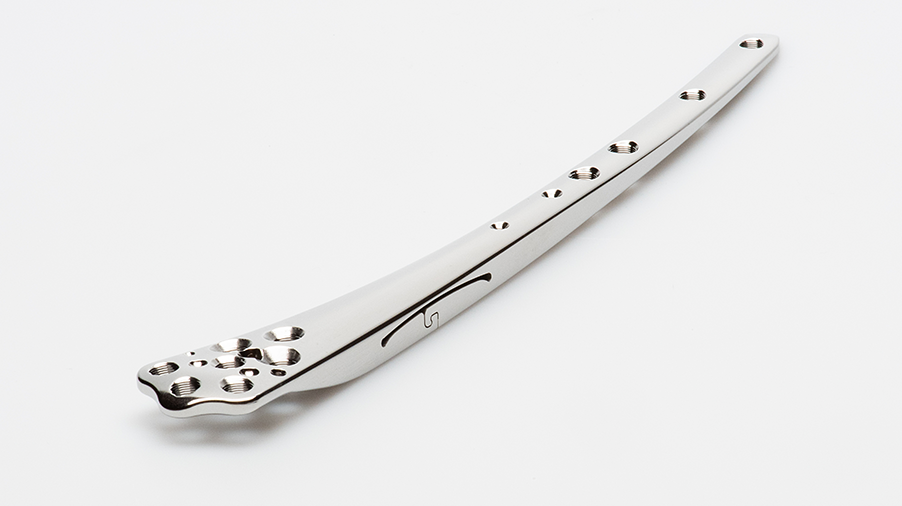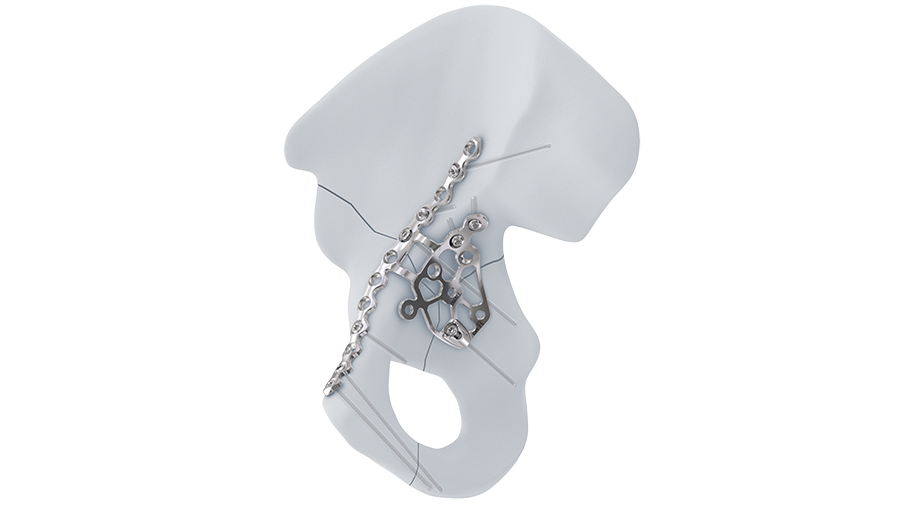
Cement augmented fixation of unstable trochanteric fractures with PFNA is cost effective
The Proximal Femoral Nail Antirotation (PFNA) is an intramedullary implant for the treatment of unstable trochanteric femoral fractures, with the additional option of augmentation using Traumacem™ V+ Injectable Bone Cement. The PFNA was developed to improve angular and rotational stability of the nails for fracture fixation, with the design of the nail optimized to avoid common mechanical complications after nailing procedures for trochanteric hip fractures. With these procedures, there is a 2.2−12% reported rate of mechanical failures, such as cut-out or cut-through requiring reoperation.
The addition of cement augmentation with the PFNA has been shown to improve biomechanical anchorage of the head element of the nail in the femoral head and provides greater cut-out resistance. Additionally, early mobilization may be enhanced and functional recovery promoted when PFNA is augmented with Traumacem™ V+ Injectable Bone Cement. In a large, multicenter randomized controlled trial (RCT) the outcomes of PFNA use with or without cement augmentation were comparable; nevertheless, there was a trend toward a lower risk of mechanical complications and therefore, a lower risk of implant-related reoperation when cement augmentation was applied. Whether this lower risk translates into cost savings was the subject of a cost-effectiveness analysis conducted in collaboration with Christian Kammerlander, MD, Julia Schneller, MD, AO ITC Clinical Science, and DePuy Synthes. The result was published at the end of 2022 [1].
Focusing on the German health-care setting, the cost-effectiveness study used a short-term decision tree model and a long-term Markov model based on data from the original RCT to assess the impact of PFNA with cement augmentation compared with no augmentation for closed trochanteric fracture fixation. The study indicated that based on the RCT data, PFNA with augmentation was the dominant strategy compared to PFNA without augmentation with substantially lower costs and slightly better health outcomes (measured by gains in quality-adjusted life-years).
For details, refer to the original publication:
- Joeris A, Kabiri M, Galvain T, et al. Cost-effectiveness of cement augmentation versus no augmentation for the fixation of unstable trochanteric fractures. J Bone Joint Surg Am. 2022 Nov 16;104(22):2026−2034.

